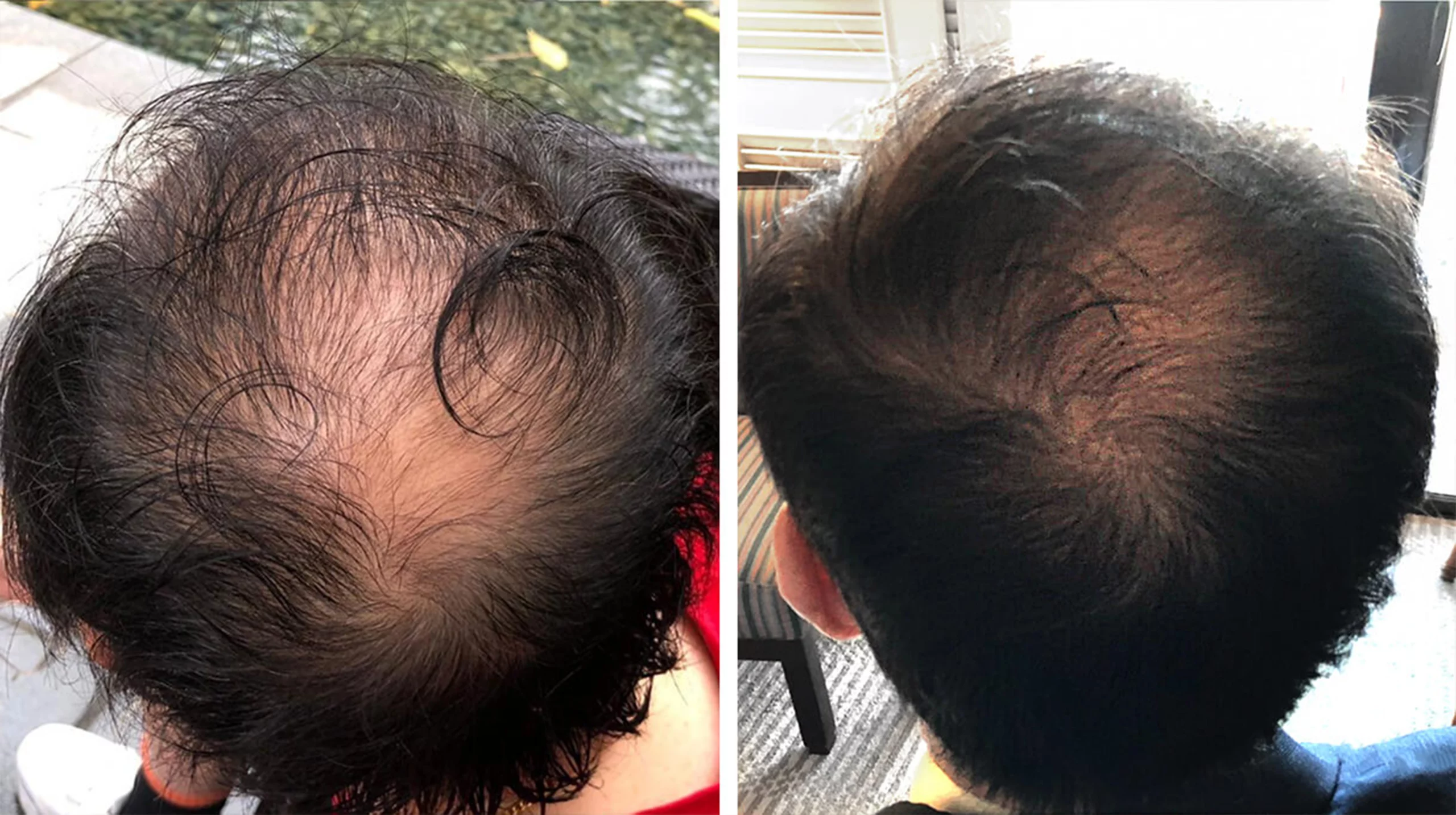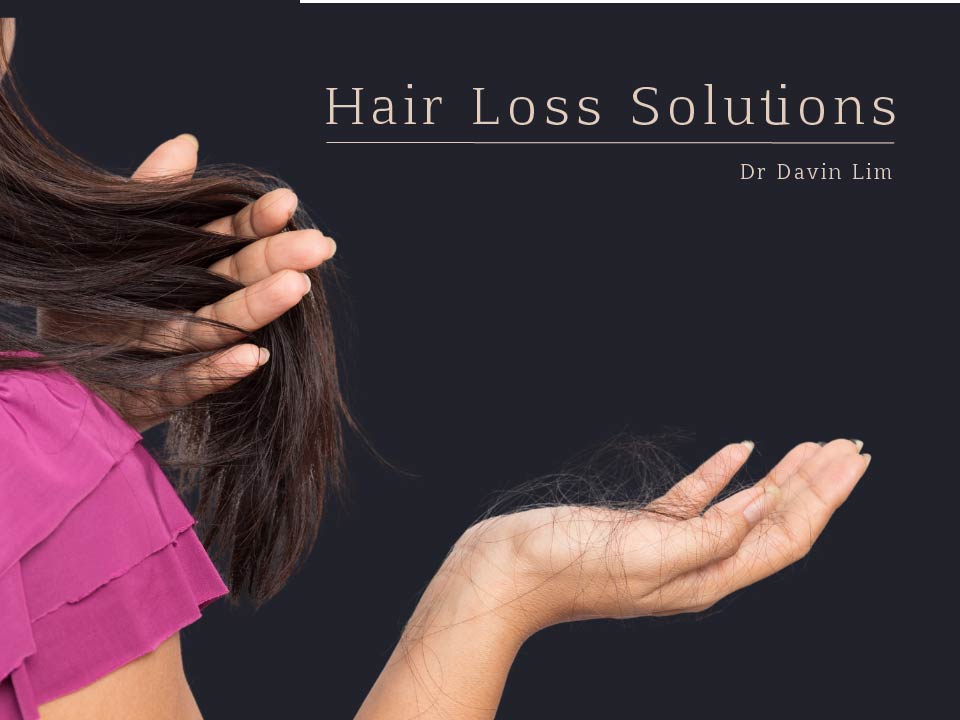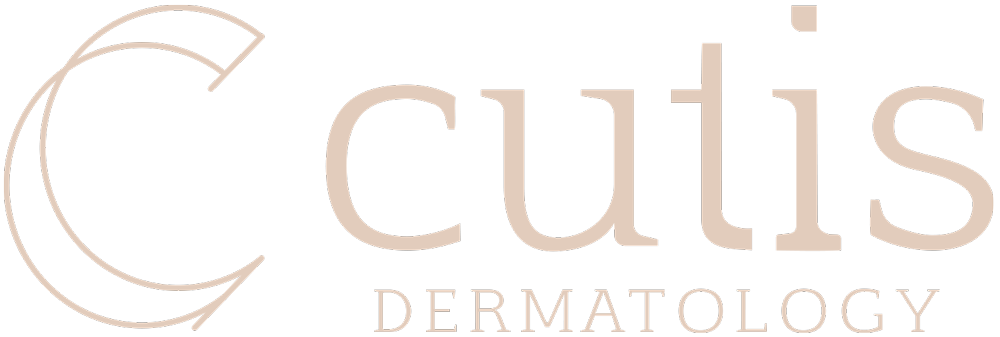Female pattern hair loss not only affects the physical appearance of thinning hair but also has a profound emotional impact. Dermatologists at our Brisbane clinics have safe & effective treatments to help slow down & reverse female pattern baldness.
We employ scientifically proven medications and the latest treatments to treat:
- Female Pattern Baldness
- Telogen Effluvium
- Lichen planopilaris
- Frontal fibrosing alopecia
- Alopecia Areata
Our results speak for themselves

Before
After

Before
After

Before
After
Hair loss in Women Treatments
We understand hair loss goes beyond physical appearance
Cutis Dermatology has internationally renowned hair experts
Female pattern hair loss not only affects the physical appearance of thinning hair but also emotional effects including depression, anxiety, frustration & low self-esteem. Our dermatologists have safe & effective treatment options available to help slow down & reverse female pattern baldness.
Dr Eshini Perera is our leading hair expert. Dr Perera is recognised as one of the leading experts in hair loss disorders in Australia & overseas. She has collaborated with hair experts in the US, Europe & in Australia for the diagnosis & management of complex cases. Her published papers & ground-breaking research over the past 10 years has led the way for other dermatologists to follow.
Stimulate new growth
Strengthen your hair cycle
Our experts not only halt hair loss but will find methods to stimulate hair growth. Medication can potentially reverse miniaturization of hair follicles, but procedures including low level & fractional lasers, coupled with microneedling, & plasma can promote new regrowth through the stimulation of growth factors.
One of the biggest causes of hair loss is a shortened hair cycle. Hair grows in the anagen phase of the hair cycle.Hair loss occurs when this growth phase is shortened, leading to a higher percentage of hairs entering the resting & transition phase.
Dermatologists employ scientifically proven topicals, oral agents, LED phototherapy & micro needling techniques to prolong the growth phase, holding back hair loss & at the same time stimulating hair follicles to grow.
The dermatologists at Cutis Dermatology Brisbane are experts in hair loss. We have one of the highest success rates of growing back your own hair with medical therapy.
FAQs
Why Cutis Dermatology for hair disorders?
Cutis has a dedicated hair team of experts including Dr Heba & Sarath. They can manage all forms of hair loss including male & female patterned hair loss, hair loss in children & rare genetic disorders.
We also have a dedicated team of nurses who assist us for procedures including microneedling, lasers & plasma treatments.
How do we come up with a diagnosis?
The first step is a really detailed history. We take into consideration the time frame of hair loss, & any preceding triggers including illness (think Covid, surgeries, other infections), stress, medications, childbirth & more. In many cases this, coupled with an examination wlll give us the diagnosis.
The examination. We examine the scalp carefully, using a special device called a dermatoscope. This gives us a close look, so we can ascertain exactly what’s going on. Dermoscopy or trichoscopy is non-invasive. It is preferred by patients as this method aids in diagnosis and follow-ups. It can reveal both hair shafts of varying thickness and also the very thin regrowing hairs.
Trichometry & Trichograms are non-invasive methods of calculating the hair density per square cm. This is also an accurate way to assess the response to treatment. In most cases these are not required.
Photography is used as a visual record, so we can determine the progress of any hair loss cure.
Microscopic examination of the scalp. A punch biopsy from the scalp is sometimes performed if the diagnosis is uncertain. Here a small cylindrical piece of skin and some of the tissue underneath are removed. This can often confirm the hair loss diagnosis.
What conditions can look like female pattern hair loss?
In 80-85% of cases, the diagnosis of female patterned baldness can be made with history, visual & dermatoscopic examination. Where it gets tricky is when two conditions occur at the same time, most commonly female pattern hair loss with acute or chronic telogen effluvium. Other causes of hair loss are outlined below.
Why check thyroid & iron levels?
Hair loss, usually diffuse & always non-scarring can be secondary to low iron or increased/decreased thyroid levels. This pattern can be isolated or occur concurrently with female pattern baldness. It can also contribute to telogen effluvium, especially in cases where there was preceding blood loss.
Alopecia areata- what is it?
AA or alopecia areata is another common cause of hair loss. Classically it presents as a circular patch of non-scarring hair loss. Most patients don’t realise they have it.
Diffuse alopecia areata can mimic female pattern hair loss, however microscopic, dermatoscopic & clinical features are distinct. Our dermatologists can differentiate between these two conditions.
Folliculitis Decalvans- what is it?
Folliculitis decalvans is a common cause of scarring alopecia. It presents very differently compared to female baldness. It presents as inflammation of the hair follicle that is characterized by redness, swelling, pustules, crusts, and scaliness of the scalp. It leads to ‘tufts of hair’ on a bed of scarring.
What is FFA or fibrosing alopecia?
This condition is characterized by frontal hair loss, with eyebrow involvement. It is actually very common. FFA is diagnosed clinically, with difficult cases by biopsy. We see at least 2 dozen cases a year.
Trichotillomania- what is it?
Trichotillomania, also known as hair-pulling disorder, is when someone can’t resist the urge to pull out their hair. It’s a form of OCD & presents usually in children. It’s easy to diagnose.
What is Tinea Capitis?
Although common in children, tinea capitis is sometimes seen in adults. It’s due to fungus & is easily treatable.



